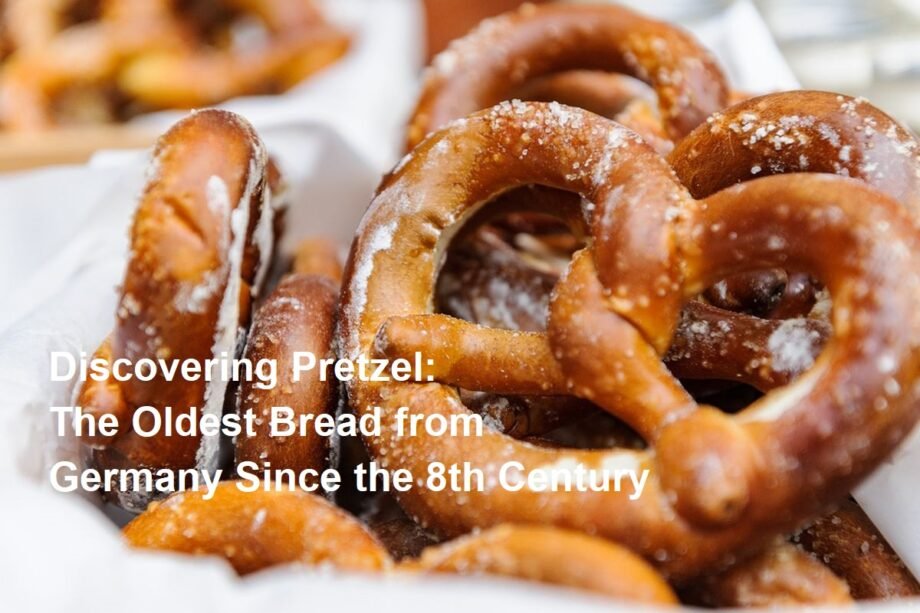Introduction
Pretzel, a beloved baked good recognized worldwide, has a fascinating history that dates back over a millennium. Originating in Germany as early as the 8th century, pretzels have evolved from simple bread twists to iconic snacks symbolizing cultural heritage and culinary tradition.
The Historical Origins of Pretzel
The pretzel’s story begins in early medieval Europe, with the earliest known references tracing back to the 8th century in what is now Germany. According to historical accounts, pretzels were first created by European monks. The unique twisted shape is believed to represent arms crossed in prayer, symbolizing good luck and spiritual devotion.
- Monastic Roots:Monks baked pretzels as a reward for children who learned their prayers, calling them “pretiola,” meaning “little rewards” in Latin.
- Symbolism:The three holes formed by the twist are often interpreted as representing the Holy Trinity in Christianity.
- Spread Across Europe:From Germany, pretzels spread to neighboring countries, becoming a staple in bakeries and festive occasions.
Cultural Significance of Pretzels in Germany
Pretzels hold a special place in German culture, especially in regions like Bavaria and Swabia. They are more than just food; they are a symbol of tradition and celebration.
- Bavarian Pretzels:Known for their large size and soft texture, Bavarian pretzels are often enjoyed with mustard, sausages, or beer.
- Festivals and Traditions:Pretzels are a common feature during Oktoberfest and other German festivals, symbolizing hospitality and community.
- Religious Celebrations:Historically, pretzels were associated with Lent, as they were made from simple ingredients without dairy or eggs.
The Pretzel-Making Process: Then and Now
The traditional pretzel-making process has been preserved and adapted over centuries, combining artisanal skills with modern baking technology.
Traditional Method:
- Dough Preparation:Made from basic ingredients like flour, water, yeast, and salt.
- Shaping:The dough is hand-twisted into the iconic pretzel shape.
- Boiling:Pretzels are briefly boiled in a baking soda solution, which gives them their distinctive chewy crust.
- Baking:Finally, they are baked until golden brown and sprinkled with coarse salt.
Modern Variations:
- Flavored Pretzels:Incorporating toppings like sesame seeds, cheese, or cinnamon sugar.
- Gluten-Free Options:Catering to dietary restrictions while maintaining the classic taste.
- Mass Production:Automated machines now produce pretzels at scale, making them widely available globally.
Conclusion
Pretzels are more than just a tasty snack; they are a living piece of history that connects us to centuries-old traditions in Germany. From their monastic origins in the 8th century to their global popularity today, pretzels continue to delight people with their unique shape, flavor, and cultural significance. Whether enjoyed at a German festival or as a crunchy snack anywhere in the world, pretzels remain a symbol of heritage and culinary craftsmanship.









